|
Kate Davies wrote a fascinating post on her blog this morning all about the intricacies of making things locally, and what it means produce things locally. You should go and read it... then come back here, where I shall pontificate in a somewhat less elegant way abut what local means to me. Hilltop Cloud is, and always has been an international business. I send parcels all over the world every single week, and without my international customers I would not have a business. I have always stocked a lot of British wool, and am proud to do so. Growing fleece is one thing that we do really well in this country, and have done for centuries. However, that doesn't mean that we have a monopoly on producing excellent fibres, and there are certain types of sheep that do not do well in the British climate. Equally what Kate says about some of the British suppliers in the wool trade rings very true with my experience. There are some British business who are a nightmare to work with, I would much rather do business with a company based outside the UK that can provide me with a high quality product, excellent traceability, who are straight forward, and honest to deal with.
I am happy to bang the drum about the excellence of certain British fibres. I genuinely believe that Cambrian Wool is amongst the best pure wool top for worsted spinning in the world. But being truthful, there are many British farmers for whom the quality of their fleeces is not a priority. They chose to emphasise a different aspect of their business, and I am not going to pretend that all British wool is excellent, when it quite simply isn't. I am also a firm believer in different fibres for different purposes. There are enough things in this world that make us upset in a daily basis, and sometimes I might just need the bit of extra comfort that wrapping some responsibly sourced Mongolian cashmere around my neck provides. For me, dyeing in Wales using the water that comes off my hillside is part of my story. But it doesn't make me in anyway superior to a person dyeing in an urban environment using the water that's piped in to their house by Severn Trent. As a nation we seem to have got caught up in the mythology of Britain is Best, however no man is an island (!), and very often British is not best. It's not best for me as a producer, or you as a consumer. The spinning community is a large and varied one. I enjoy sending a piece of my story to faraway countries, and I enjoy bringing supplies from faraway countries so that I can share their story with you. When I buy my supplies I look for companies that are doing "the right thing", treating others how they would wish to be treated. Ones with fair pricing practises, and a commitment to environmental standards. The legislation we have, thanks to our membership of the EU, means that I can be safe in the knowledge that what I source from companies based in other European countries is responsibly produced. My business is Welsh, British, European and Global, and not necessarily in that order. I have always believed that things are better when we know more about the world in which we live, and are willing to look beyond our own borders with open eyes, and a willingness to work in partnership. Every company is "local", they all generate income that benefits a local community somewhere. In the case of fibre production that industry is often highly specialised, and has been perfected over many generations. In the same way that it's important to support British local crafts to ensure skills are passed down it's just as important to support international "local" crafts, and thanks to the wonders of the internet it's increasingly possible to do so. The farmer who is based in South America producing my 19 micron Merino needs sell his product in just the same way as the farmer at the bottom of the road. He raises his sheep with care (sheep who are not well cared for produce poor quality wool), and is reliant on the income he generates from his wool crop. As a country who gained much of it's wealth from exporting our wool several hundred years ago it seems somewhere disingenuous to turn around and say that other countries should not be doing the same now, and by saying that we should only be buying British wool that is exactly what we are saying. For those of us based in the UK buying wool from British sheep that is processed in the UK can mean that we have a smaller environmental impact. But as with some many things, it's not necessarily as simple as this being better for the environment, there are so many factors to consider that as a single individual it's often hard to weigh up all the issues, and often there's no single right solution. One thing that is very apparent to me, as it was to Kate in the original post that sparked off this discussion, I have much in common with a spinner over in Australia who cares passionately about these things, you are my local community. Over the summer I've gradually built up a larger supply of felting supplies. I've always sold fibre to felters, but felt making isn't something I have much of a background in, so hadn't ever focussed too strongly on that usage of fibre. However, I've now done a few workshops on felt making, and done more experimenting at home, so am now a bit more confident about sounding like I know what I'm talking about! One of the new products is bias cut silk chiffon. This is 10cm wide, and because it's cut on the bias it doesn't need to be hemmed to stop it fraying. There's also 19 micron Superfine Merino pre-felt, that's also 10cm wide. Combined together they make a really lovely nuno felted scarf, that's very easy to make even for a non-felter. Because felt is slightly stiff the narrower width means it sits around your neck without feeling like you're wearing a mask. The low micron count means even the most sensitive skinned people can happily put this next to skin and not get prickled. I added some embellishments using some Tussah Silk and some hand dyed Silk Laps. If you're an experienced felted then you won't need much more information on how this scarf is made, but if you're not, it's still a perfectly achievable first felting project. I started off by putting the scarf on a strip of bubble wrap, but then I remembered one of the things I learned on a felting workshop this summer, and that I discovered I can felt things much better just using plain plastic sheeting, and no bubbles to cushion the rolling. I used the plastic sacks that my fibre is supplied in, but any plastic would work. Lay out the pre-felt, then add a sprinkling of water. This holds the silk chiffon and the wisps of silk in place. The more you overlap the chiffon and pre-felt the narrower the scarf will be. Your embellishments need to be very fine wisps, big clumps won't stick down properly! I use a plastic drinks bottle with a sports cap, and just a slight squirt of washing up liquid. Don't use too much soap... or you will be battling a suds mountain when you start rolling! Once you have a rolled up parcel just push up and down on it for a couple of minutes. You don't want to start rolling until the whole thing is evenly wet, otherwise you'll rub the silk off the surface of the wool. After this nothing will be stuck in place yet, but the water will be holding it in position. You can now roll the whole thing up more tightly and start to roll the whole bundle backwards and forwards under your hands. Do this roughly 100 times, then unroll, and roll in the other direction. Occasionally I used a scrunched up plastic bag and rubbed along the length of the scarf on the back, focusing on the part of the merino that overlapped the chiffon. I particularly focussed on the middle of the scarf, because that's always the bit that is most cushioned in the bundle. Normally when felting you'd turn the project 90 degrees to roll in the other direction, but that's not really possible on a long thin piece. After a while you'll start to see the merino changing structure, and the silk will begin to stick in place. Keep going until the chiffon has meshed in to the surface of the merino, and the silk embellishment is thoroughly stuck down.
Rinse out the soap, roll up in a towel to squash out most of the water and leave to dry. I gave mind a quick press with an iron just to smooth down the silk. Cough, Christmas is coming.... these would make excellent gifts, certainly quicker than knitting! If you know someone crafty why not hand over the components, and let them make their own present. Autumn feels like it's in the air. When I wake up to let the chickens out there's often been dew. After a stressful summer it also feel like the trees are starting to turn early this year. Fingers crossed for some crisp cold nights so we get some stunning colours. Speaking of chickens, there have been additions to the menagerie. Three new Pekins, as we've said goodbye to quite a few in the past 6 months. Noddy was taken by rats, probably whilst sitting on a clutch of eggs. Kate has simply disappeared, we suspect a feral cat who lives in the barn behind the house. Wiggo was as outrageous death as she was in live, she walked up to my brother whilst he was digging our new pond, sqwarked, and fell over dead. Both Big Bird and Dusty went in to a bit of a decline, had a day in a cardboard box in the house, and then just fell asleep and didn't wakeup. Finally Froome spent the summer pottering around the place, occasionally falling over but still enjoying life, when the day came that he could no longer walk he was taken down to the vets and put to sleep. So with all those departures it's been nice to have some fresh blood in the garden. They were meant to be 3 new ladies... however I had my doubts about one, and then whilst feeding them breakfast there was a crow. So it's actually 2 new ladies, and a new Pekin cockerel. It was my turn to pick names this time, so they're all cyclists. The black and white boy is called Tommy after Geraint Thomas, the fetching brown bird behind him is called Pippa after Phillippa York, and there's also a pretty blonde girl called Trotty after Laura Kenny ( nee Trott). As an aside, the Seramas I adopted last summer are slowly acquiring cricket commentator names. So far we have Tuffers, Aggers, Blowers and Ebony. If I can ever get to the point where I can tell apart the white chickens, and the brown and white ones I might be able to add to that! We named the boys Percy and Bob but given how much a pain they are I'm starting to wish we'd gone with Geoffrey. We've also added these pair to the menagerie. Quentin and Clarissa are Miniature Appleyard Ducks. They're still not quite fully grown, Quentin will get more colourful and get the more typical mallard colours as he grows up. They've cause much hilarity over the past month, mostly around bedtime, and their lack of belief in the need for one. On the bee front it's been an ok summer for the bees, despite the hot sunny weather it's been a good honey harvest, but not an outstanding one. The cold spring meant the colonies were slow to build up numbers. However, we have 4 healthy hives to take in to winter, and may be able to take a few more frames off before leaving the hives alone to make their winter stores. On the work front September is going to be busy!
I've just added the first shop update of the month to the online shop but am not sure how many more updates I'll be able to fit in. Next weekend I am up at Bradford Guild of Weaver Spinners and Dyers teaching an art yarn workshop. The following weekend in September I'll be heading out of Wales again, because my little brother is getting married. Then the following weekend we'll be back up at Yarndale. All that means that time in the dye studio might get a bit tight, particularly as there are 2 fibre clubs to send out. However, as a rough plan I am hoping to dye some more Romney, Silk & Linen, and there will be some Rambouillet and I also have a stock of BFL, Cashmere & Silk to dye. There probably won't be any special edition, non-standard base fibre this month, but I have finally managed to get some more of the double sorted, very special BFL & Silk out of John Arbon! It's not with me yet, but I have been promised it will be ready at some point in September, so I should be able to dye it in October. I need to have a think about how I want to dye it as there will only be 10kg.... On the workshop front the AGWSD Summer School brochure has just been released, which means I can now properly tell everyone that I will be teaching! It will be a full week based around spinning hand dyed fibre. If you're not a guild member you can still apply to attend. |
Archives
January 2024
Categories
All
|
Hilltop CloudHilltop Cloud- Spin Different
Beautiful fibre you'll love to work with. Established 2011 VAT Reg- 209 4066 19 Dugoed Bach, Mallwyd, Machynlleth,
Powys, SY20 9HR |

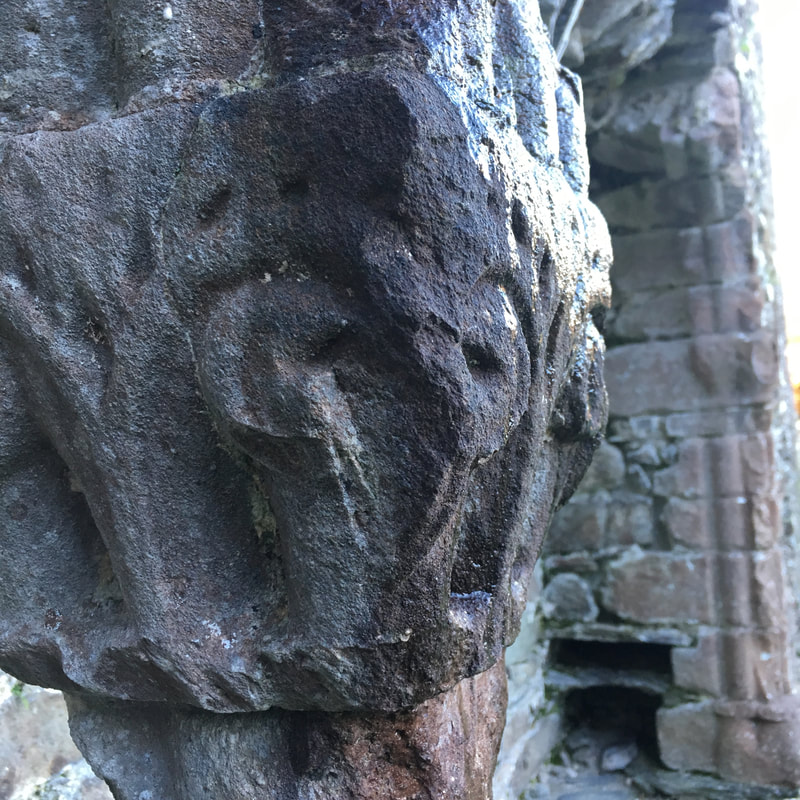
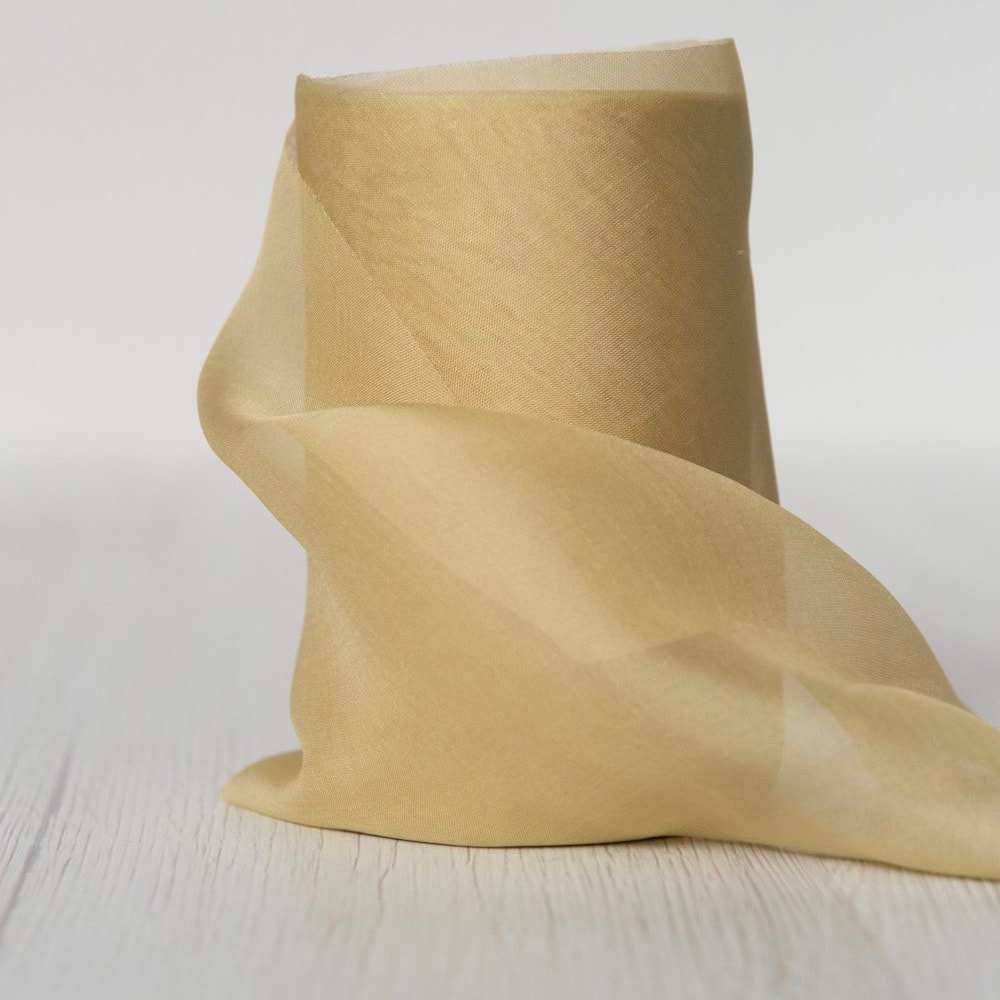
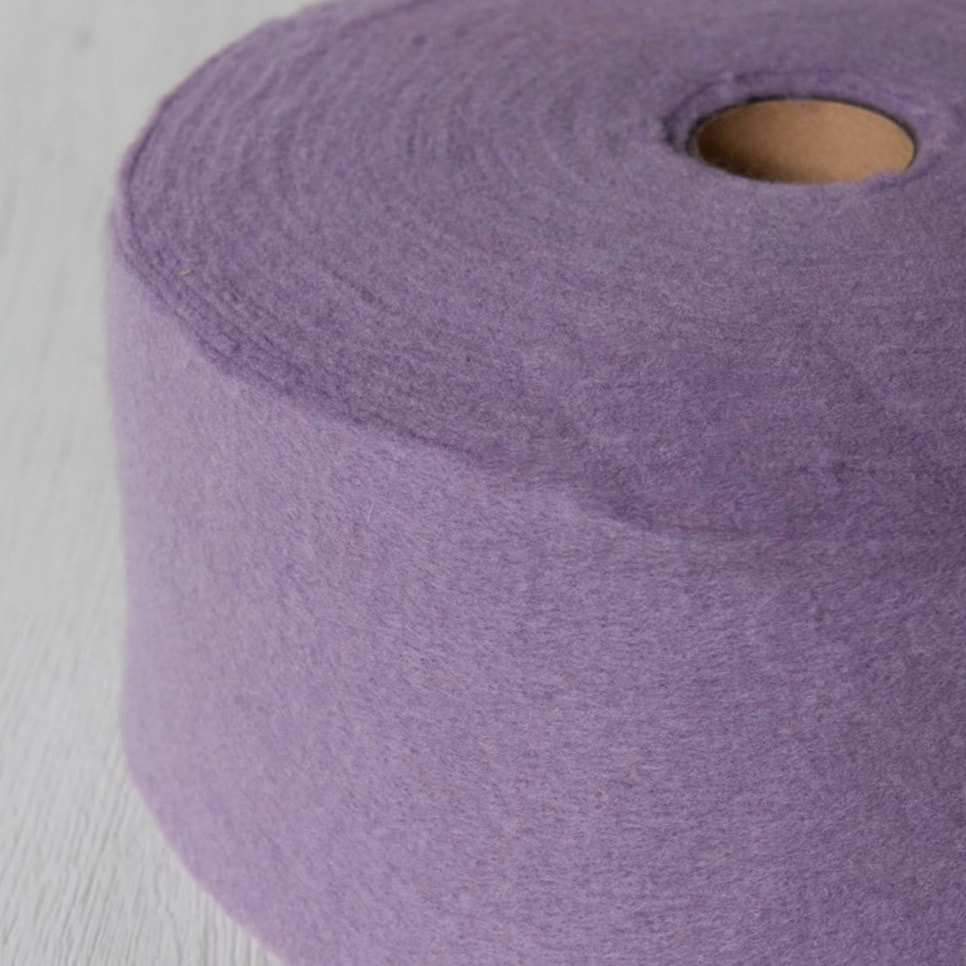
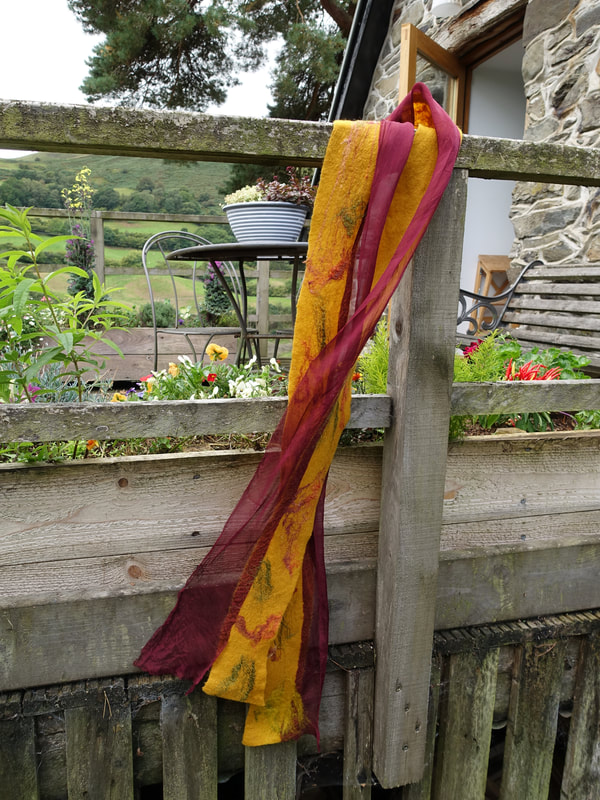
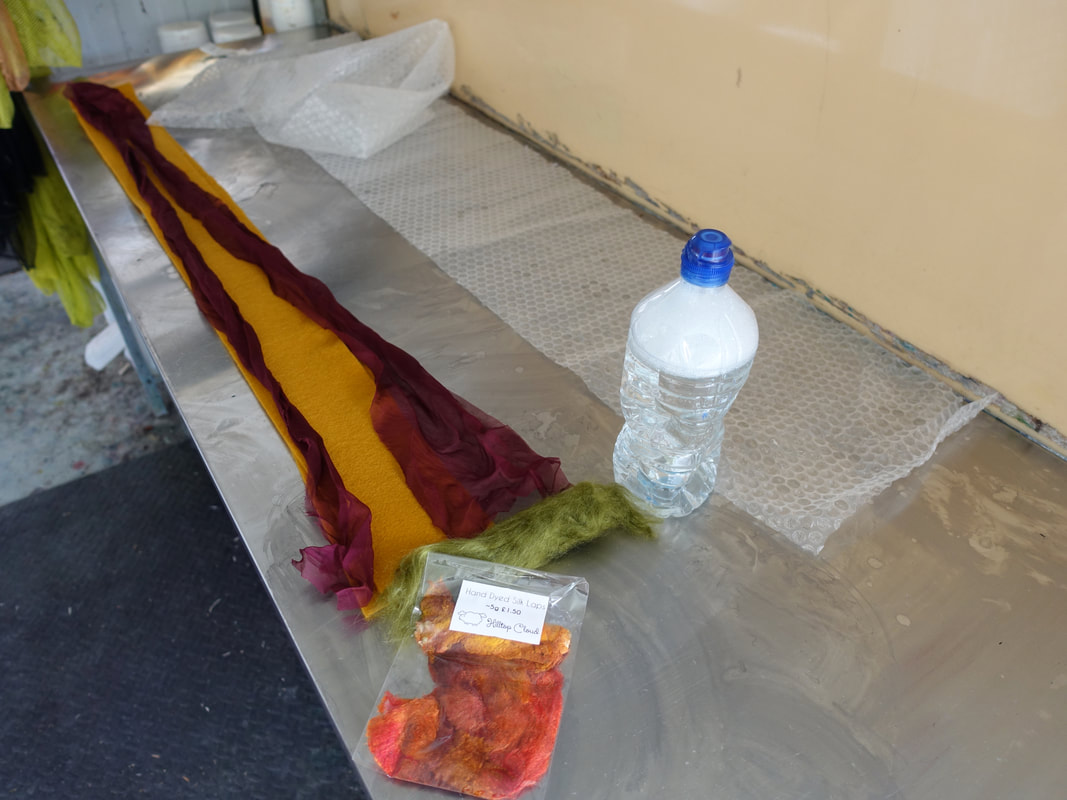
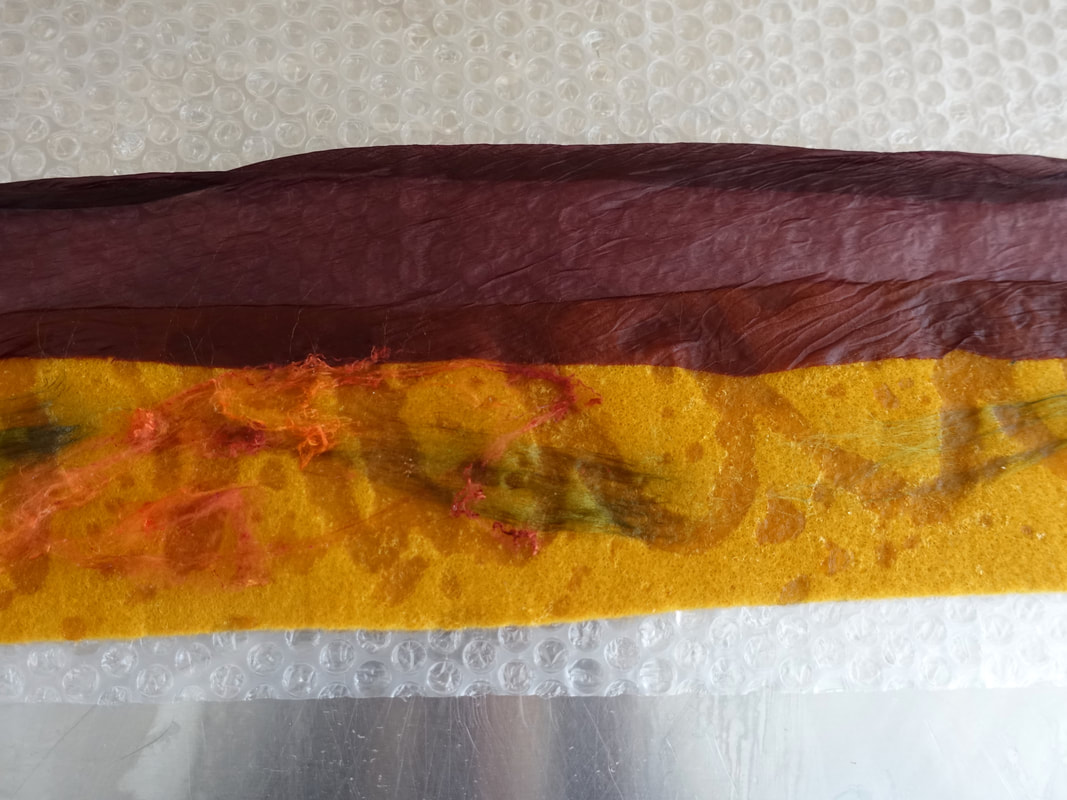
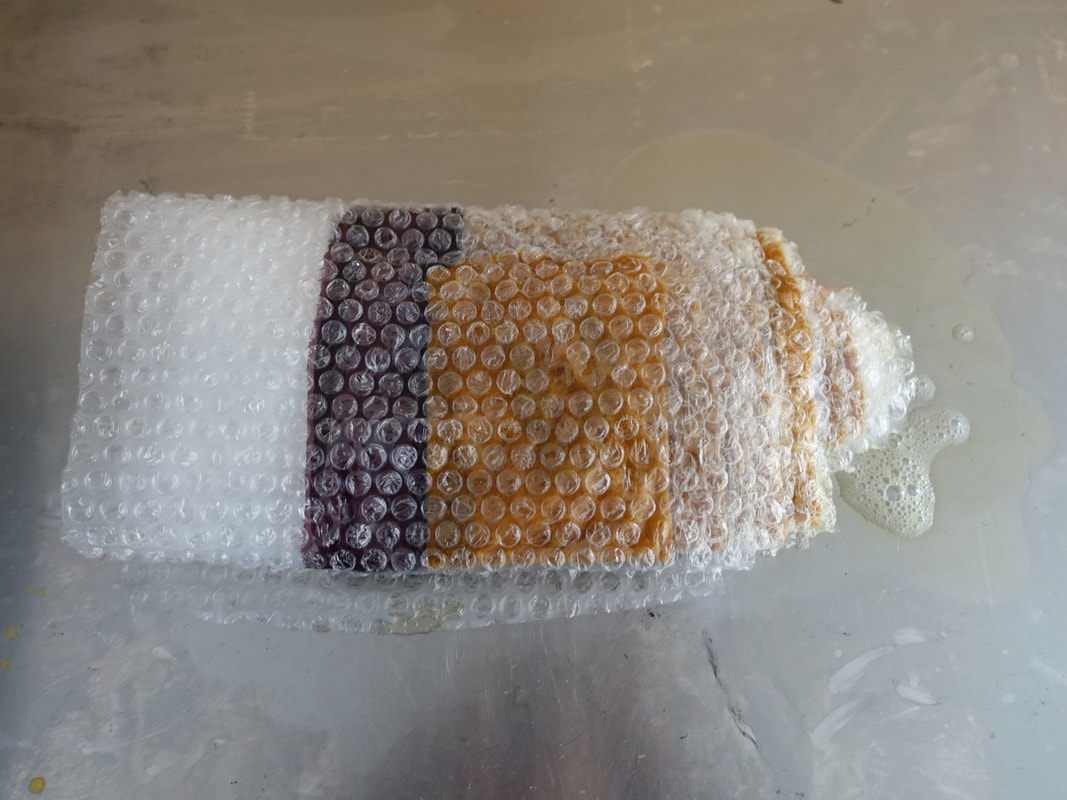
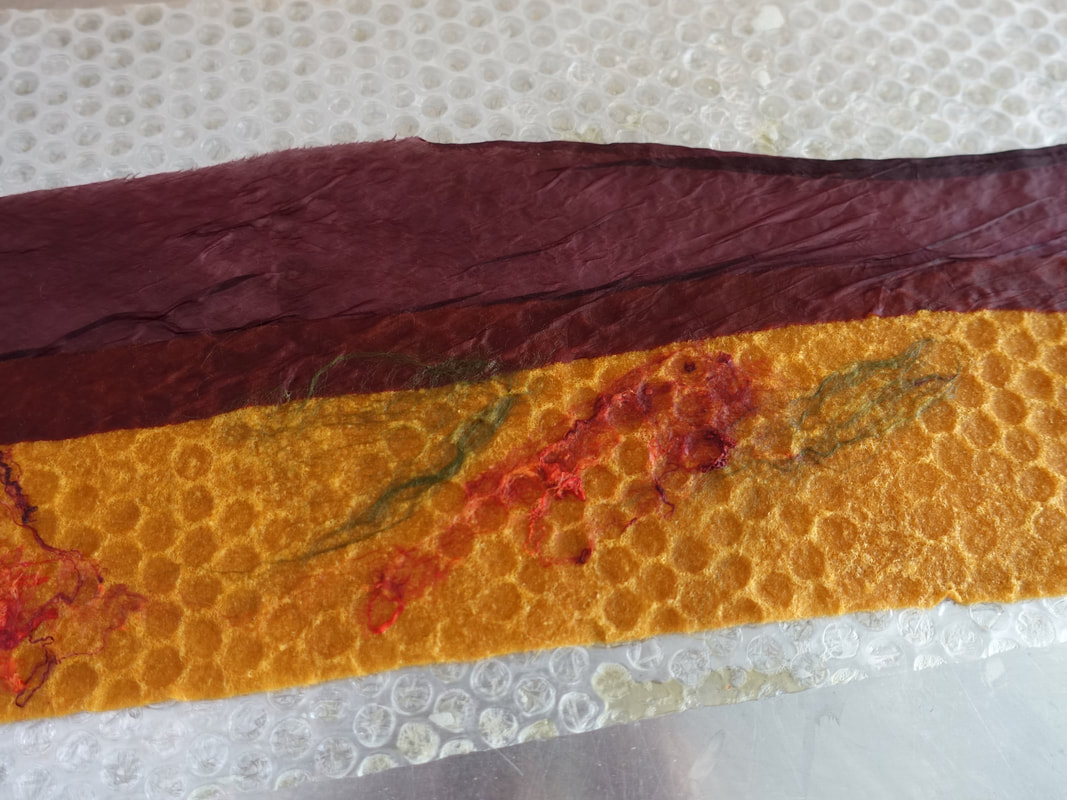
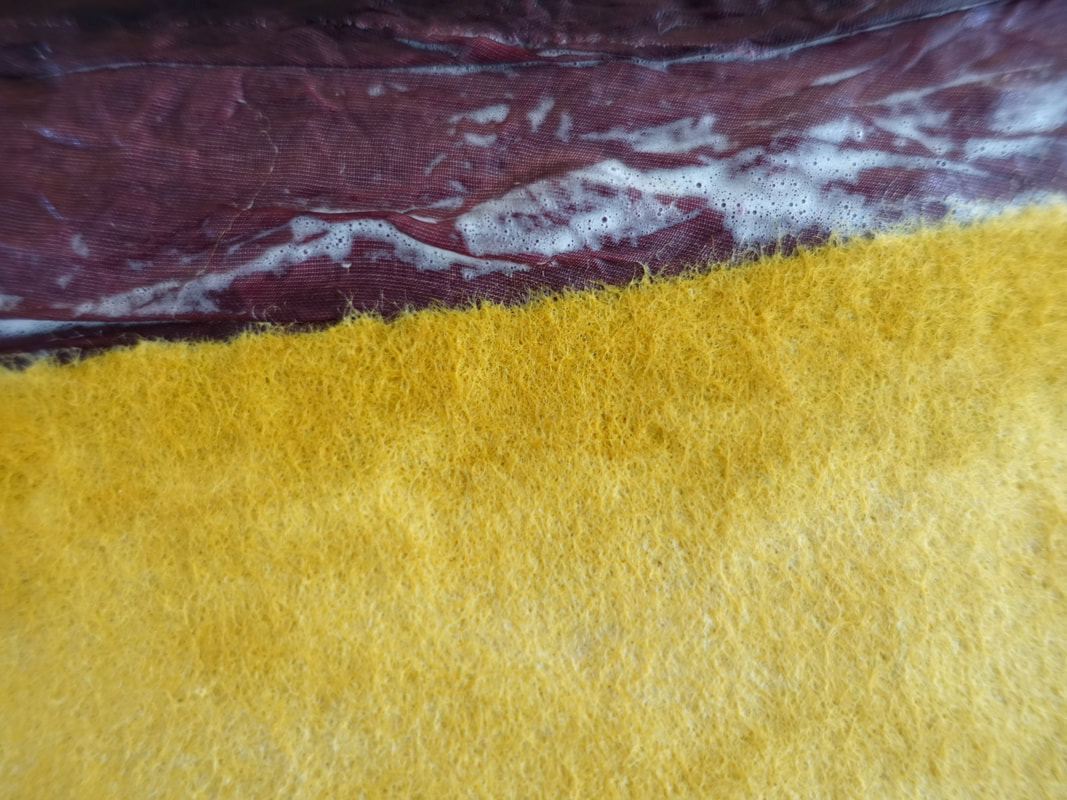
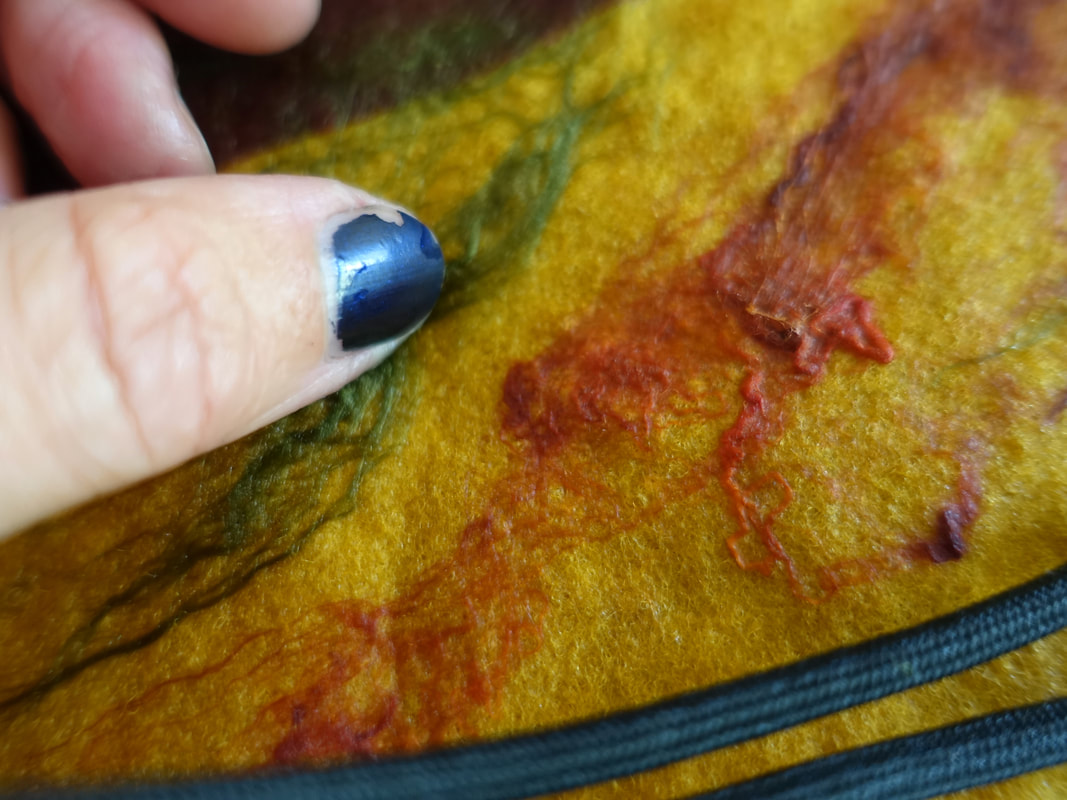
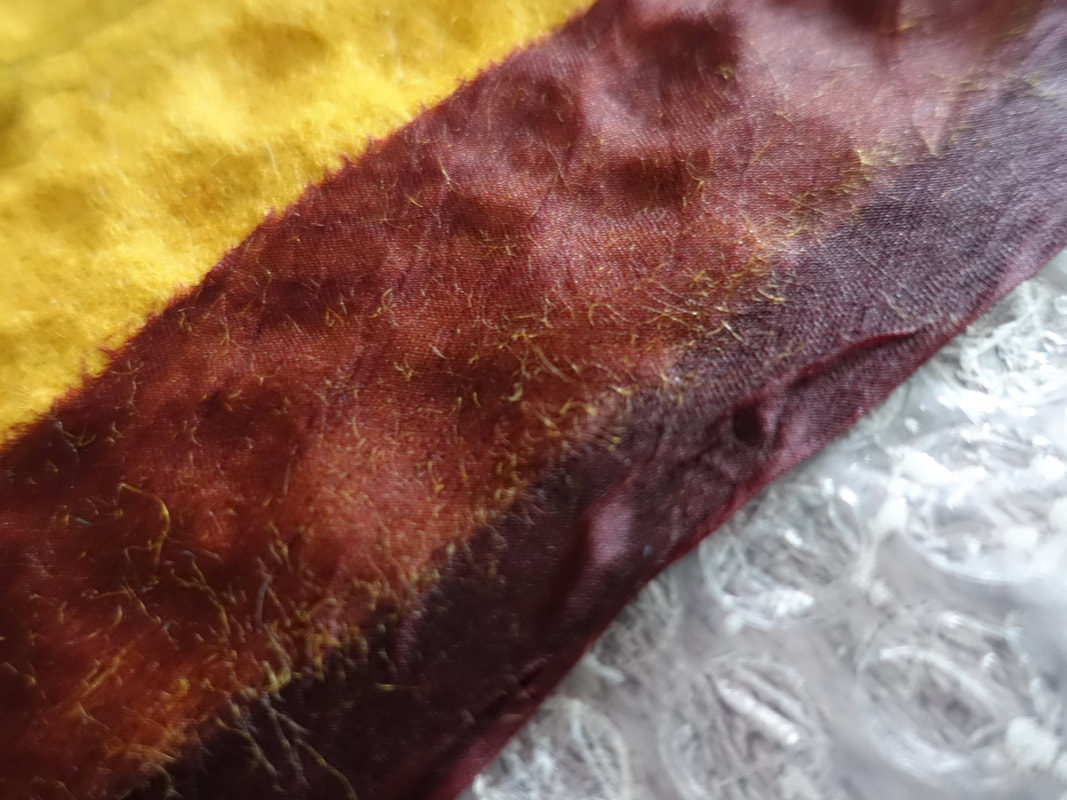

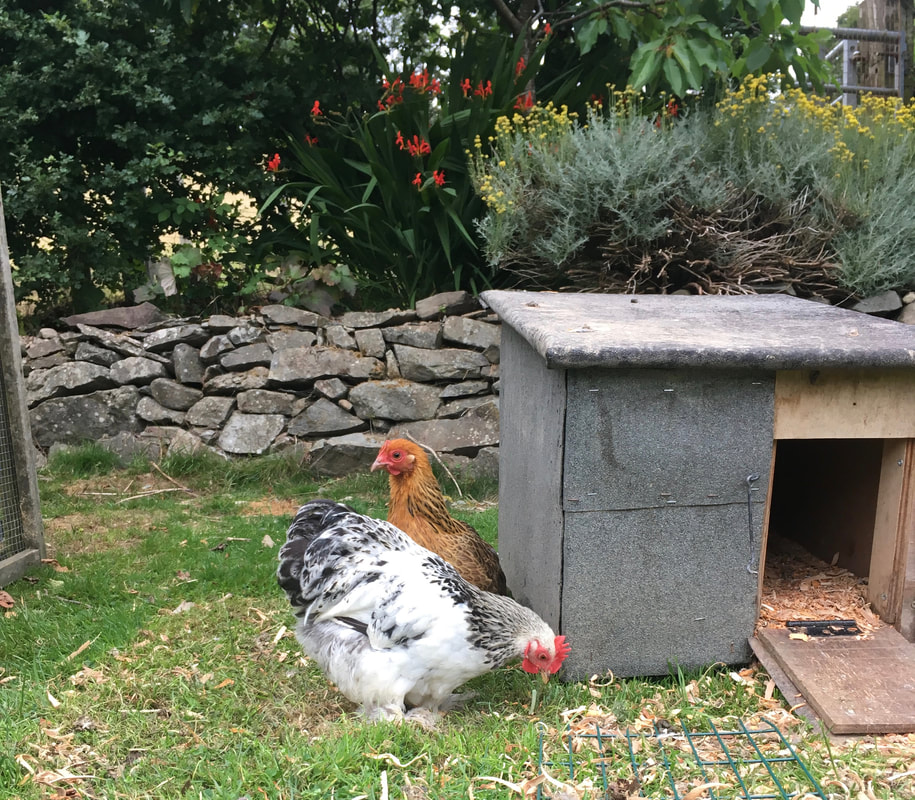
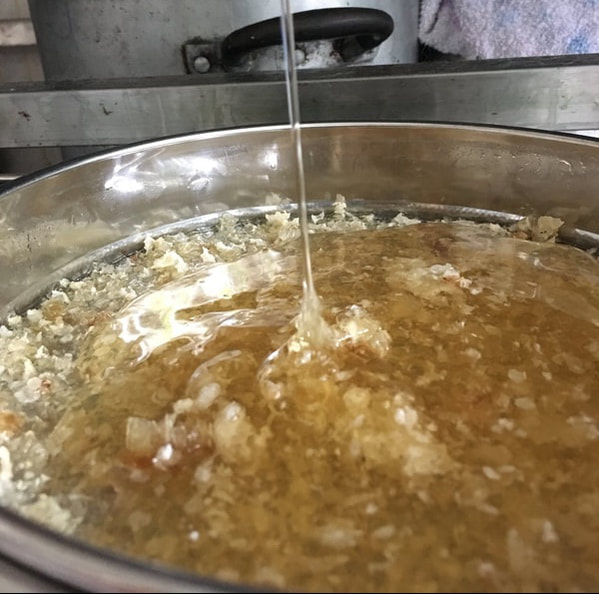
 RSS Feed
RSS Feed


